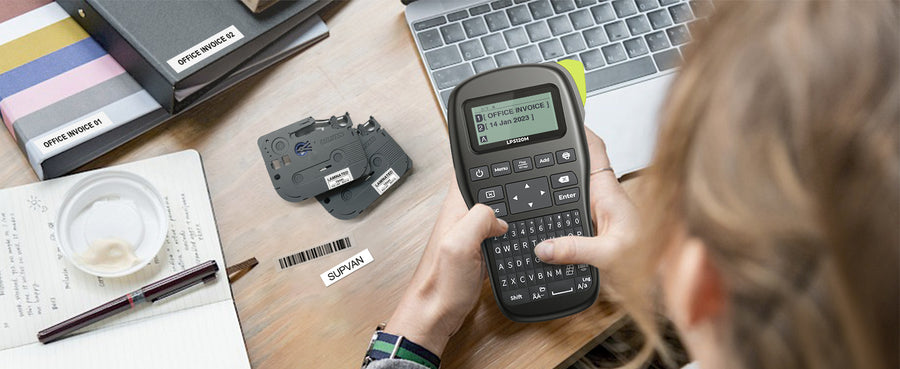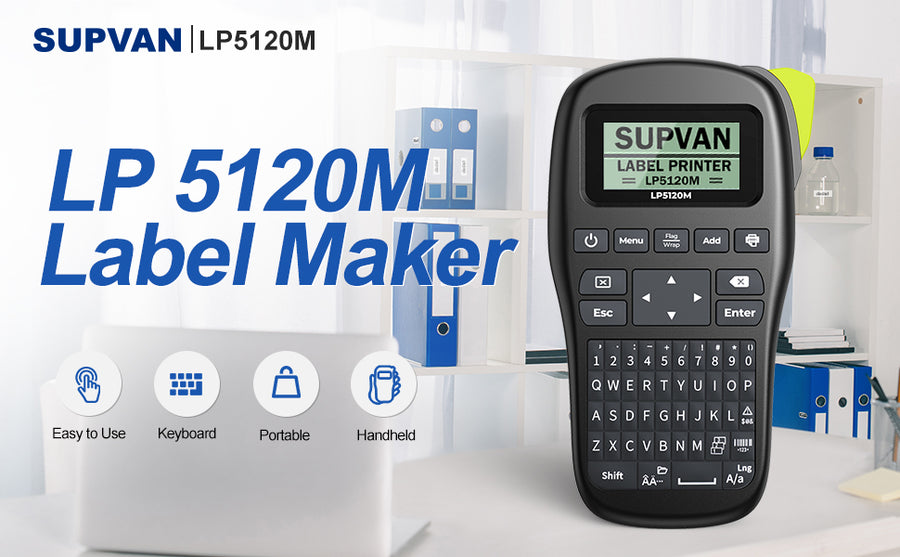Introduction: Understanding DPI and Its Significance in Printing
In the realm of printing, DPI (dots per inch) plays a crucial role in determining the quality of the final output. As the name suggests, DPI refers to the number of individual dots of ink or toner placed within an inch of print space. A higher DPI typically translates to more intricate and sharp prints. When it comes to portable thermal printers, achieving high-quality prints with optimal DPI becomes a matter of striking the right balance between detail and efficiency.
1.The Sweet Spot: DPI for Portable Thermal Printers
Portable thermal printers come in various models, each offering different DPI ranges. While some basic models may have a DPI of 203 or 300, more advanced portable thermal printers can go up to 600 DPI. Although a higher DPI ensures sharper images, it's essential to find the sweet spot – a DPI that delivers high-quality prints without sacrificing speed and efficiency.
For most applications, a DPI of 300 is sufficient to produce clear and sharp prints, satisfying the needs of businesses and individuals alike. However, if your printing requirements demand intricate details and higher precision, opting for a 600 DPI portable thermal printer may be more suitable.
2.Evaluating Your Printing Needs: The Key to DPI Selection
Before choosing the appropriate DPI for your portable thermal printer, it's essential to evaluate your specific printing needs. Consider the following factors:
- Text vs. Graphics: If your primary printing task is generating text documents, a DPI of 203 or 300 will likely suffice. However, if your focus is on high-resolution images or detailed graphics, opting for a higher DPI portable thermal printer will prove beneficial.
- Size Matters: When printing on smaller surfaces, such as labels or receipt paper, a higher DPI might be necessary to maintain clarity and readability. For larger print areas, a lower DPI may provide adequate quality without compromising efficiency.
- Speed vs. Quality: Higher DPI settings can result in slower printing times, as the printer needs to produce a larger number of dots. Therefore, when speed is a priority, you may choose to compromise slightly on the DPI to achieve faster print times without sacrificing too much quality.
Once you've determined the optimal DPI for your portable thermal printer, follow these tips to ensure high-quality prints:
- Choose the Right Printing Material: The quality of the paper or material you print on can significantly impact the final output. Select a material compatible with your printer's DPI capabilities and one that ensures sharp prints with minimal ink spread.
- Maintain Your Printer: Regular maintenance, such as cleaning the print head and replacing worn components, can help your portable thermal printer deliver consistent and high-quality prints at the desired DPI.
- Use Suitable Software: Design your prints using software that supports the chosen DPI. This ensures accurate representation of your designs and eliminates any discrepancies between the on-screen image and the final printed product.
Conclusion: DPI Matters, but It's Not Everything
DPI is an essential factor in achieving high-quality prints from your portable thermal printer. However, it's vital to remember that striking the right balance between detail, efficiency, and other relevant factors is crucial for obtaining the desired results. By understanding your printing needs and optimizing your DPI selection, you'll be well on your way to consistently producing sharp, professional-quality prints with your portable thermal printer.







Leave a comment